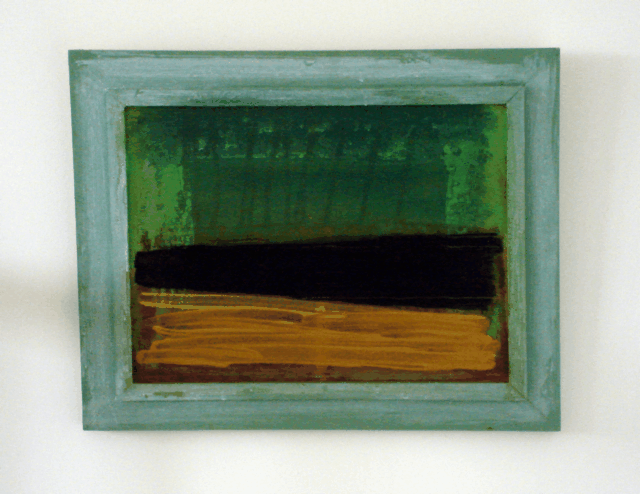How arrogant are The Arts Council
How dare the British government and The Arts Council waste my money on propping up outdated institutions. Theatres, galleries, community projects. How dare they tell the tax payer what is ‘good for them’ and then deliver shit.
What is this middle class obsession with Art being good for society?
The frontiers of creativity are in creating video games, smarter bombs and creating more audio and visual ways of distracting us from the reality of the real world.
I want the money wasted on Arts Council Grants to be spent on the NHS, Netflix and a stronger more powerful and destructive armed forces and weaponry.
Art is dead – close Art Colleges

The constant questioning and declassification of what art is and what the content is has lead to this so called crisis in painting and art (there as always been a crisis in painting) – Painting is dead – the exponents of Conceptual Art tried to destroy the art object but failed – thought and the idea is the object. The primary aims of Conceptual Art in the 1960’s was to carry out a theoretical examination of ‘art’ and through understanding propose ‘concepts as art’. Two and three-dimensional art was in the doldrums, the essence of creating was the new Holy Grail. This was considered to be a bold step – proposing an idea as a work of art left the Artist with very little to exhibit or sell, the written word was usually all that was physically evident.
It has taken me nearly 35 years to realize that what I do isn’t pointless and that my unwavering trust in the conceptual philosophies (of artists and writers from Duchamp to Art and Language) has been misplaced. I’m enjoying my painting – for the first time. The ‘world of art’ and the ‘world of everyday life’ had already been discussed in Dada. “Life and art are one,” proclaimed Tzara. Ultimately Dada reduced itself to vandalism, drawing mustaches on the Mona Lisa, instead of destroying the Louvre and genuinely starting again, something a real revolutionary movement would consider as its first option. It increased the status of the most banal object or event into something that ultimately provoked nervous laughter, a childish prank that has been taken seriously ever since. Conceptual Art attempted to be more serious in its approach. Unfortunately the original aims became diffused and the quality of thought became diluted and suffered a similar fate to Dada.